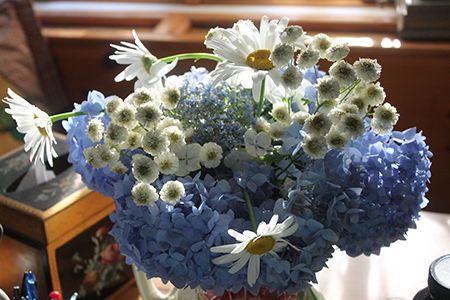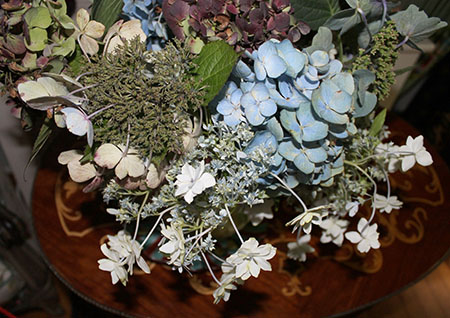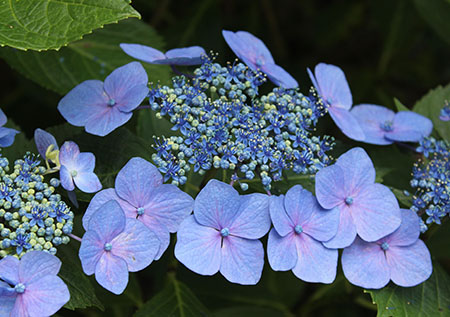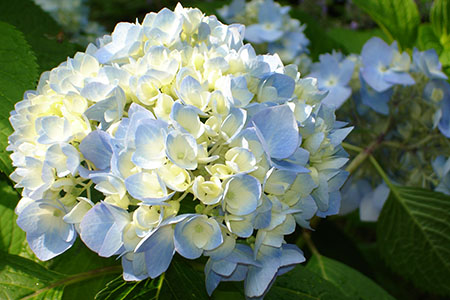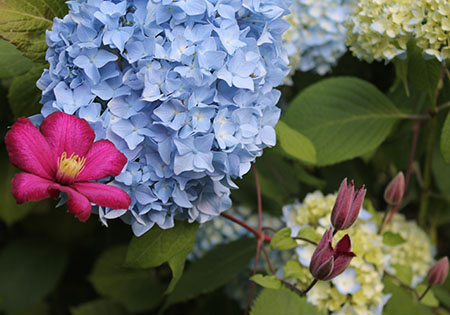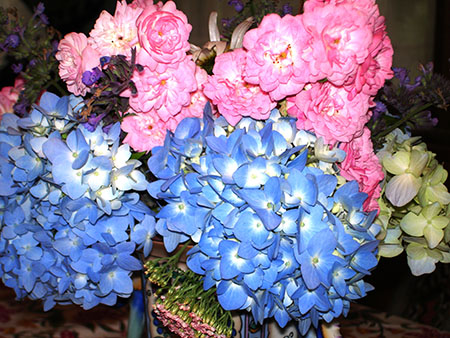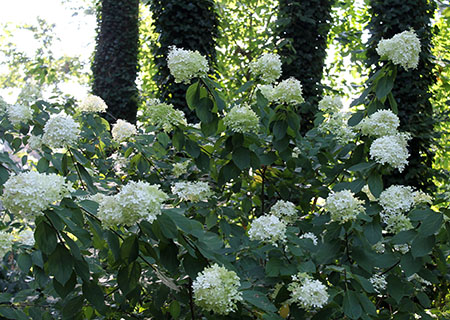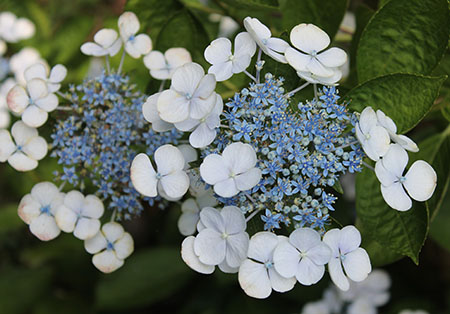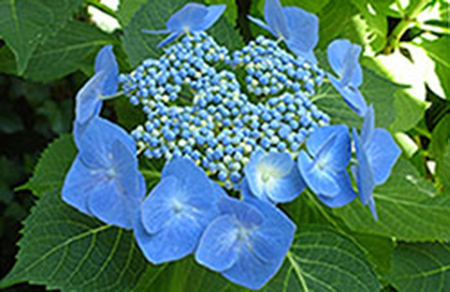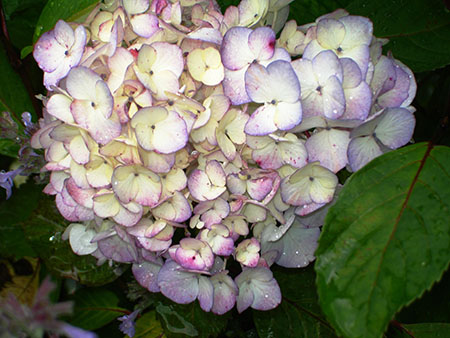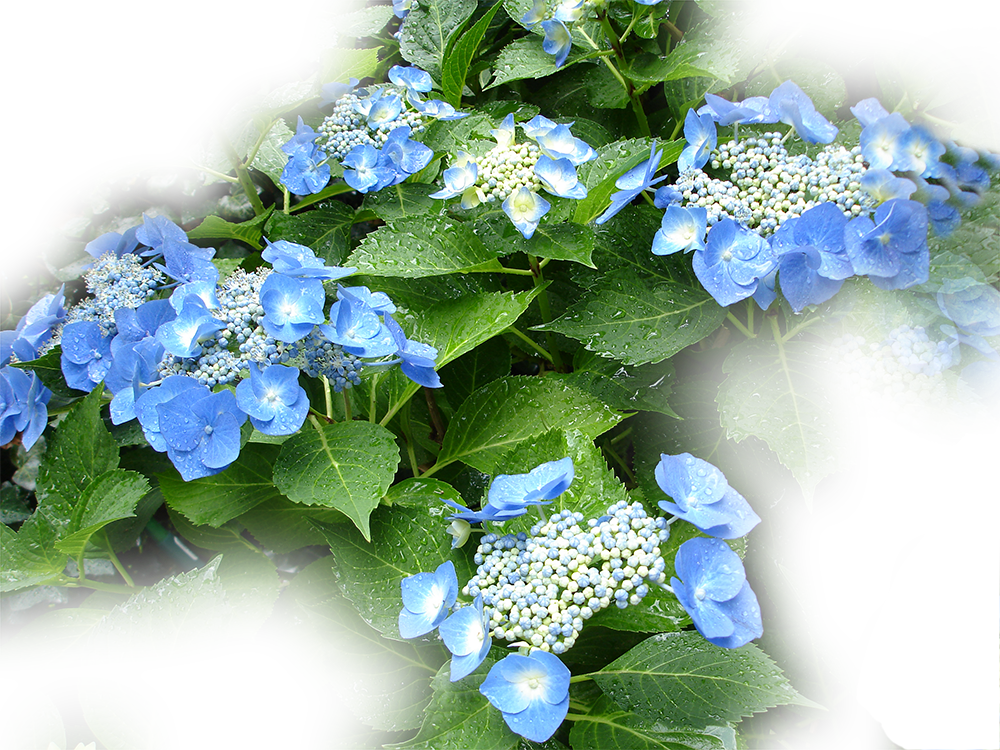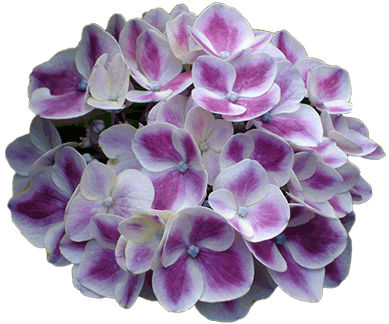
HYDRANGEAS
Recent discoveries in China, Japan, Taiwan and the Philippines show that the Hydrangea have been around long before the arrival of men.
The oldest fossil discoveries are in the United States (Alaska , Oregon and California) and were dated between 40 to 65 million years ago.
They are mainly cultivated for its beauty, but they also have a medicinal uses. In North America the medicine men used the roots of H.arborescens to induce to expel kidney stones and to combat bronchitis.
Photographs by LaBelle
click on logo bellow to go back to site


